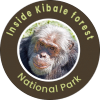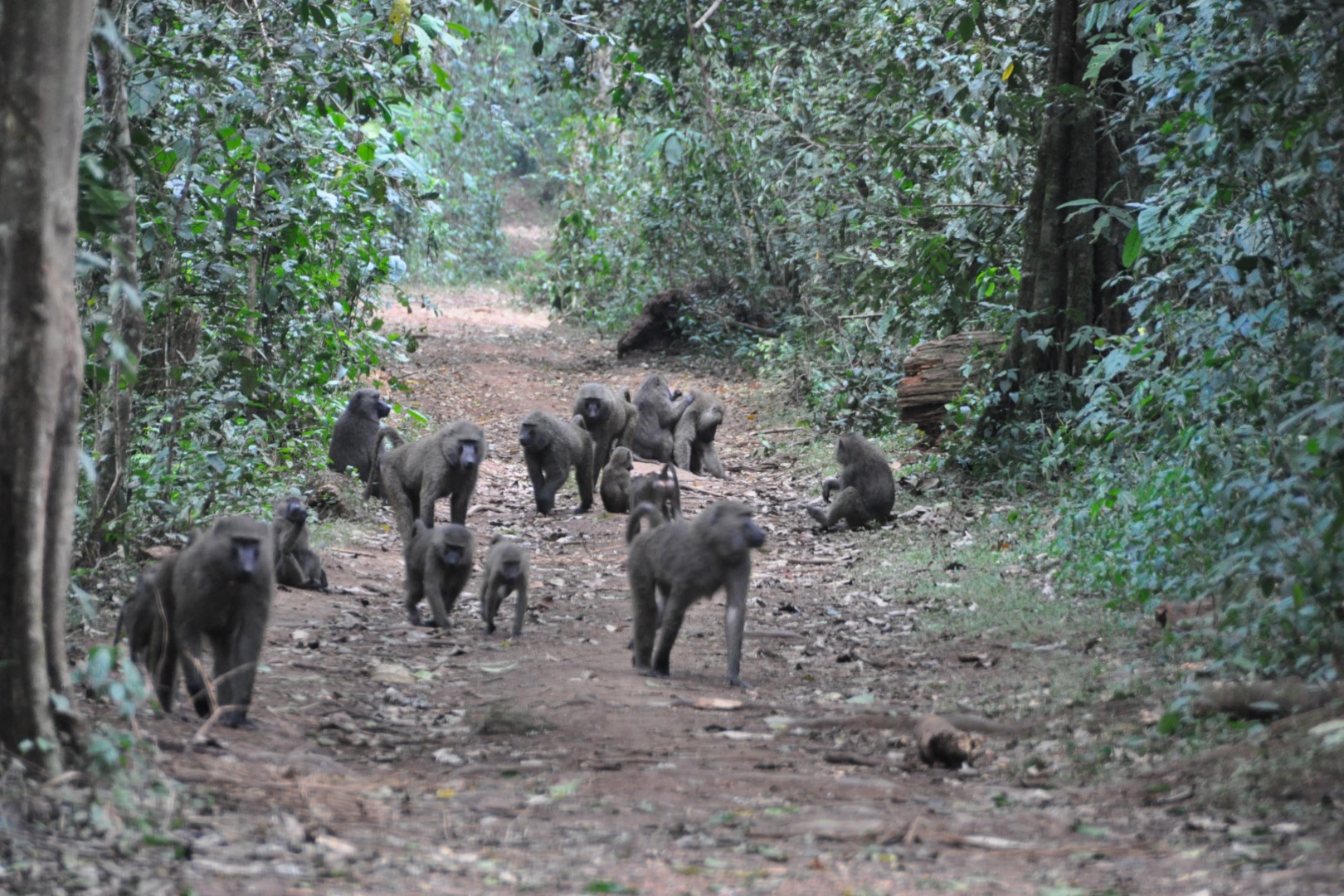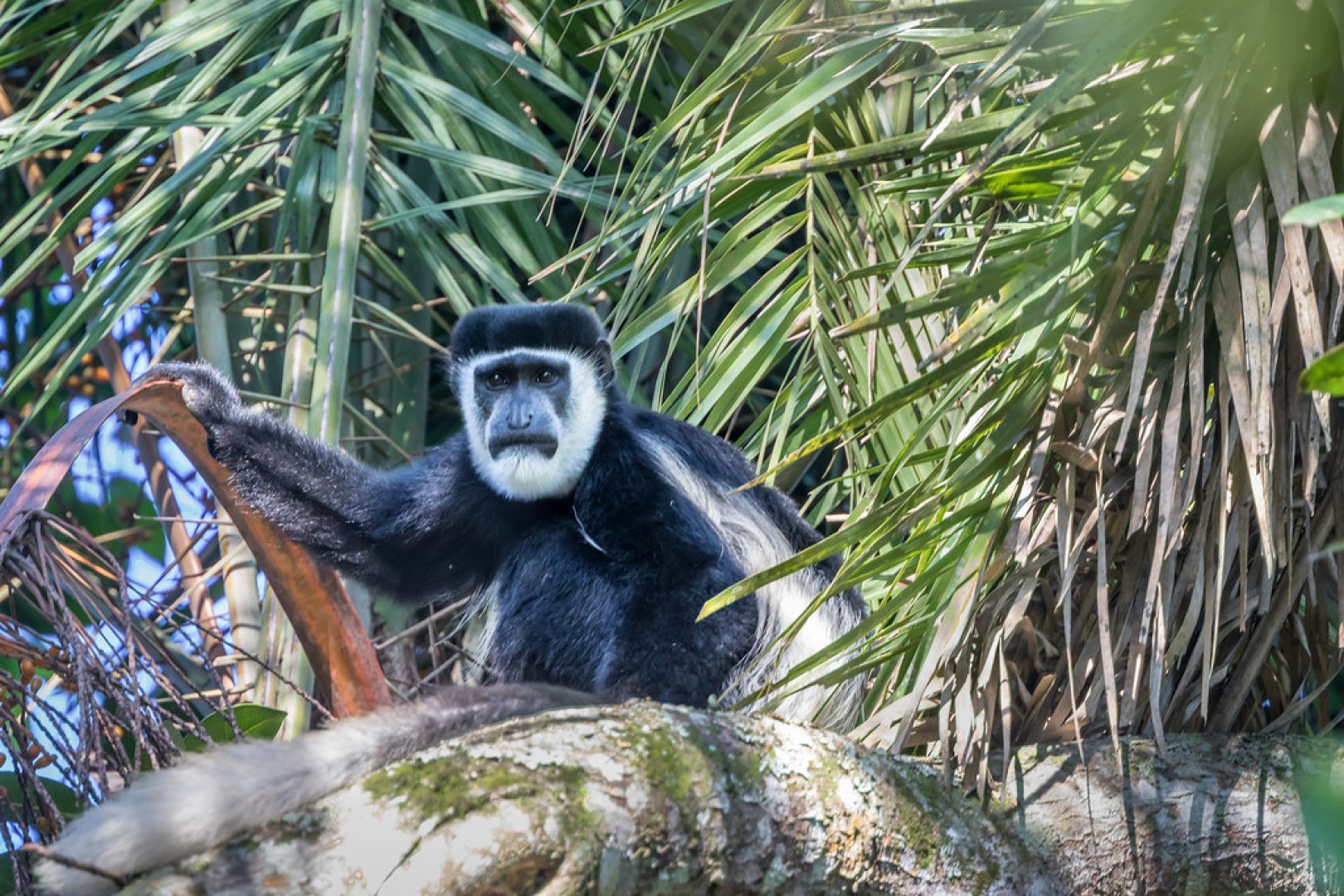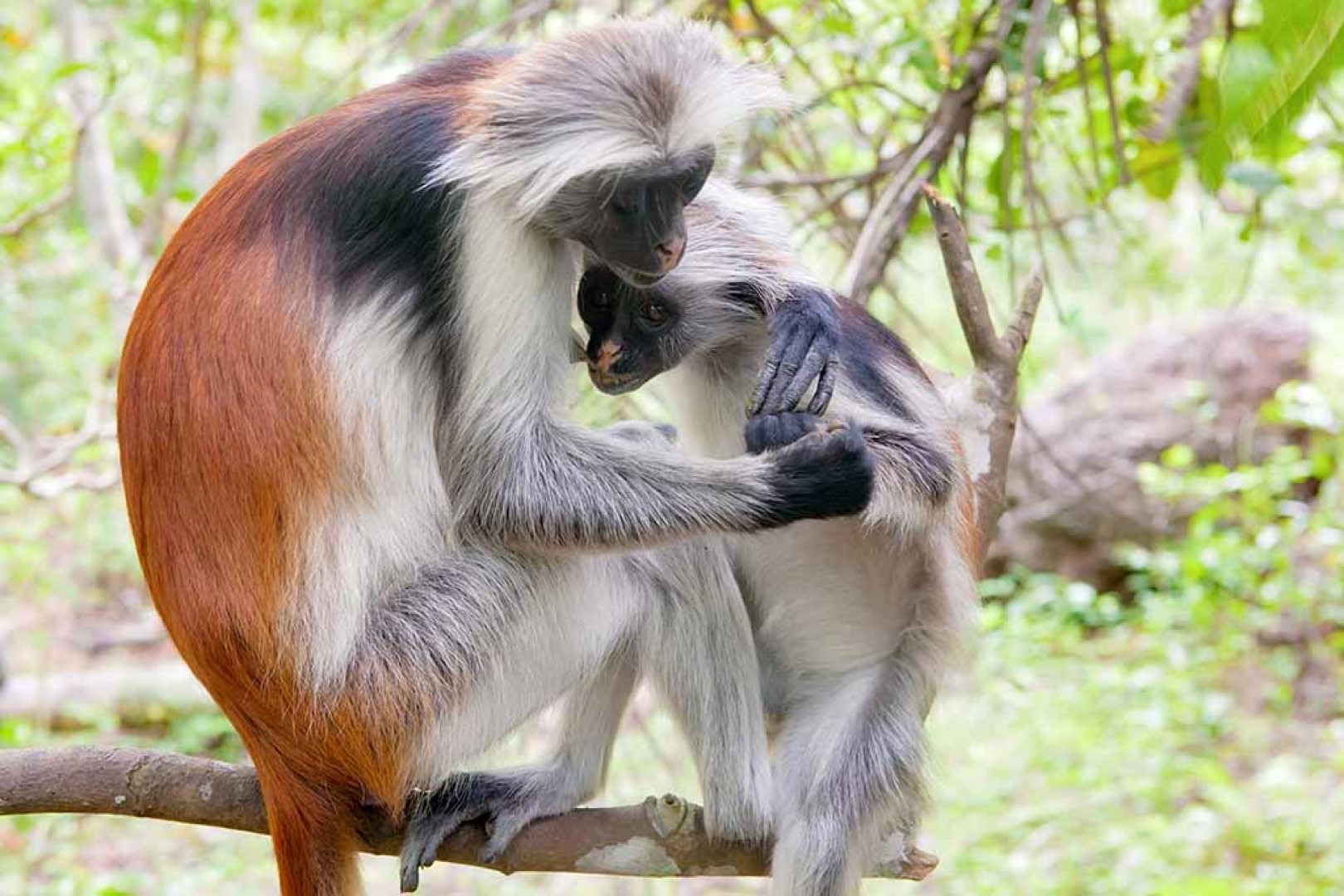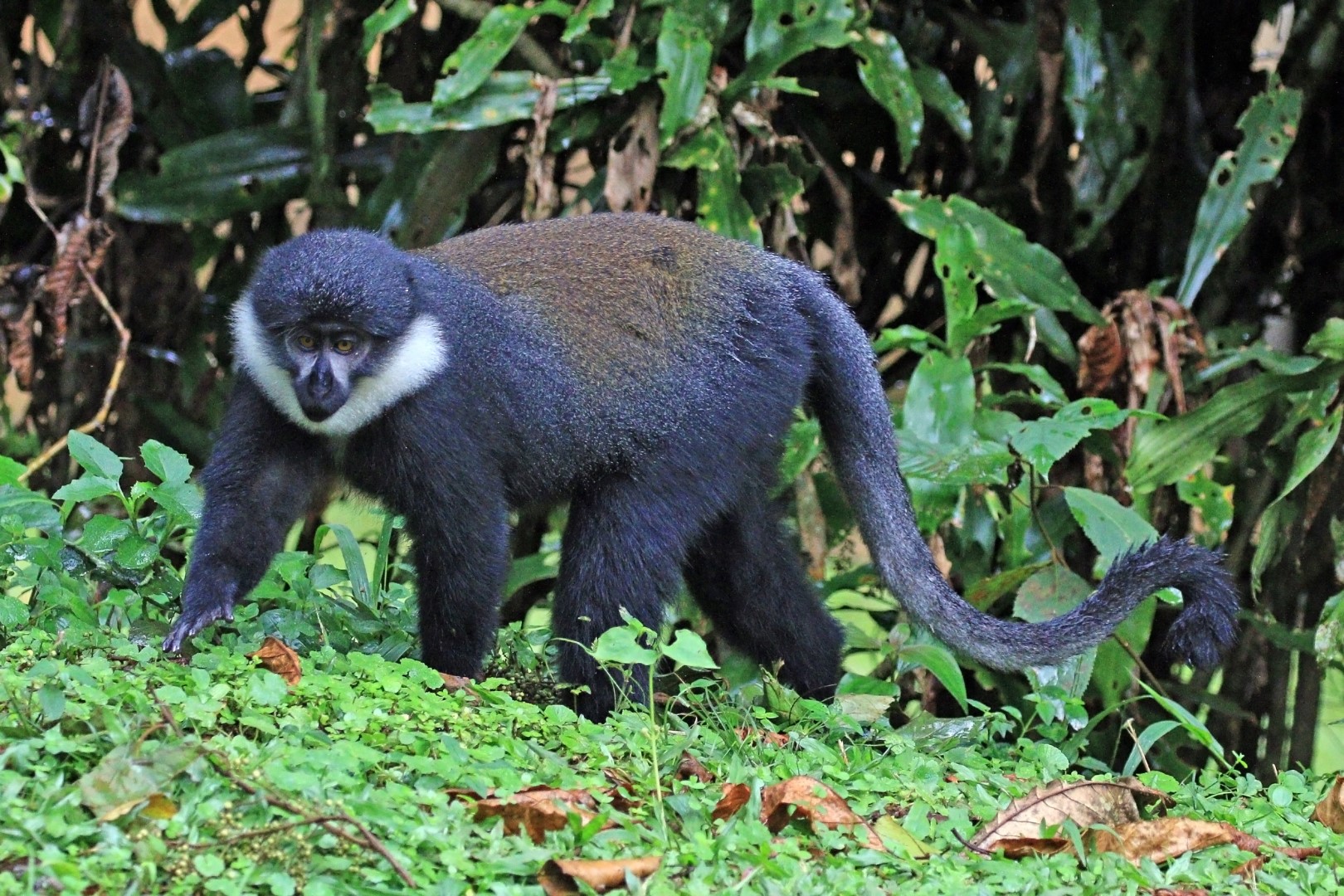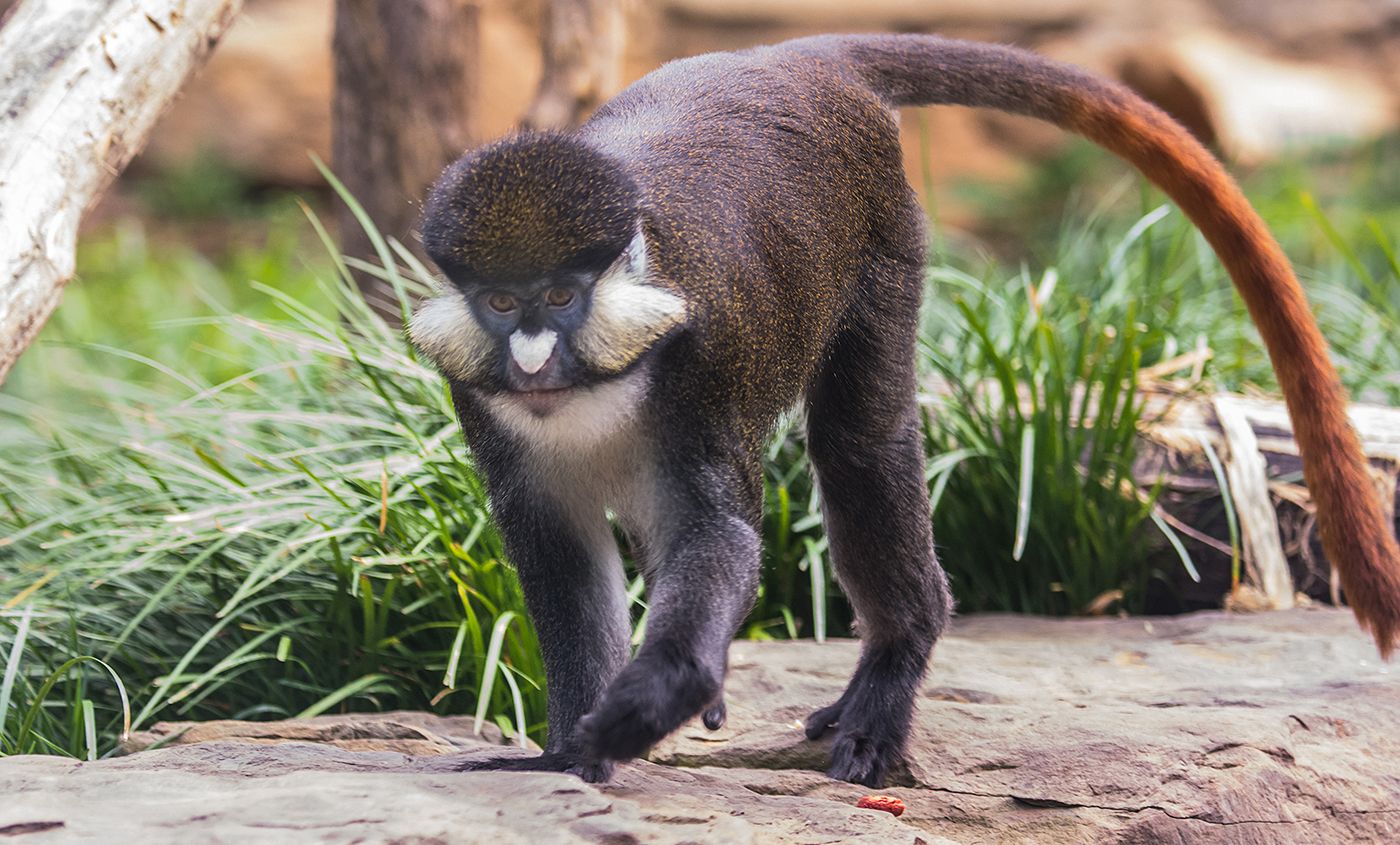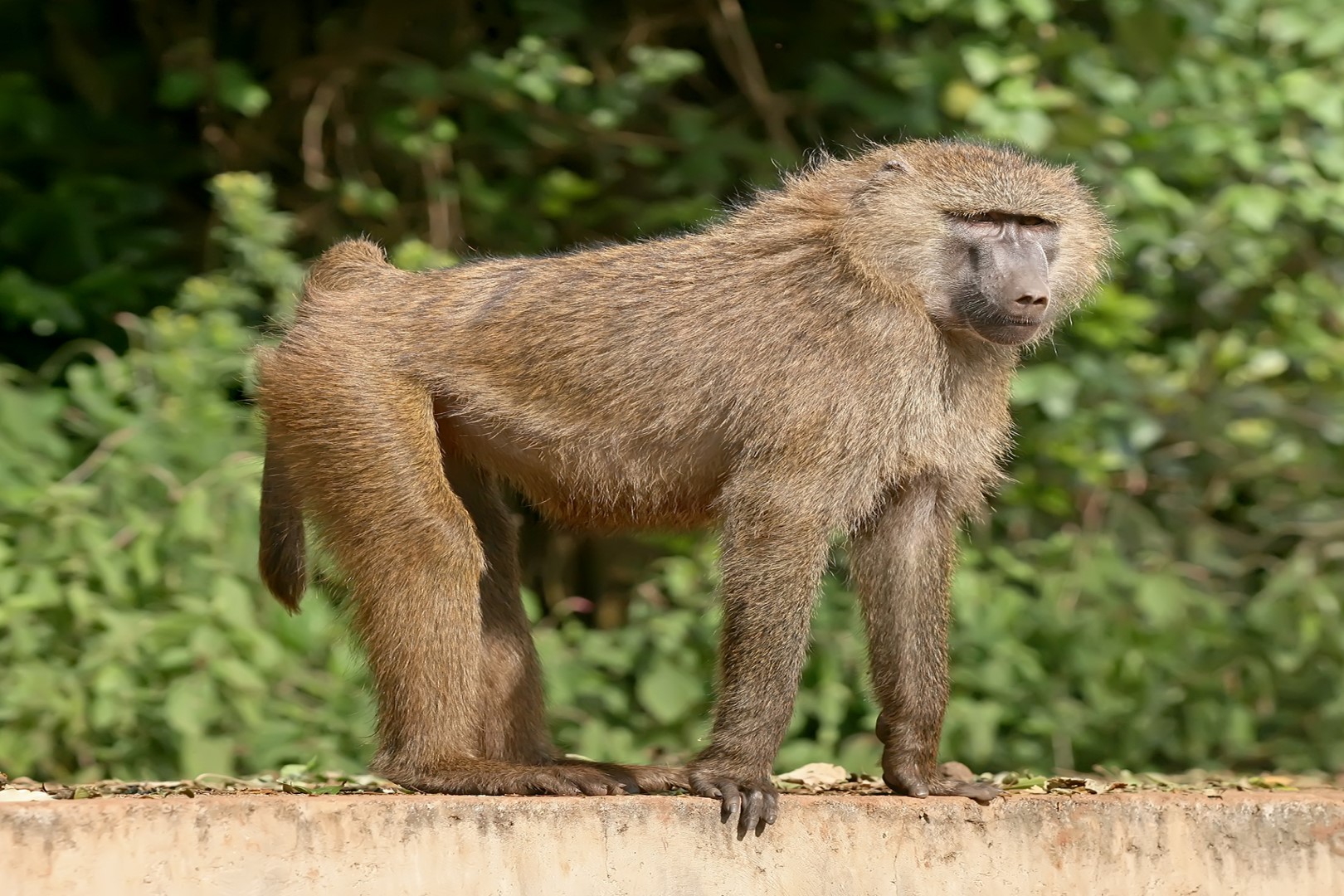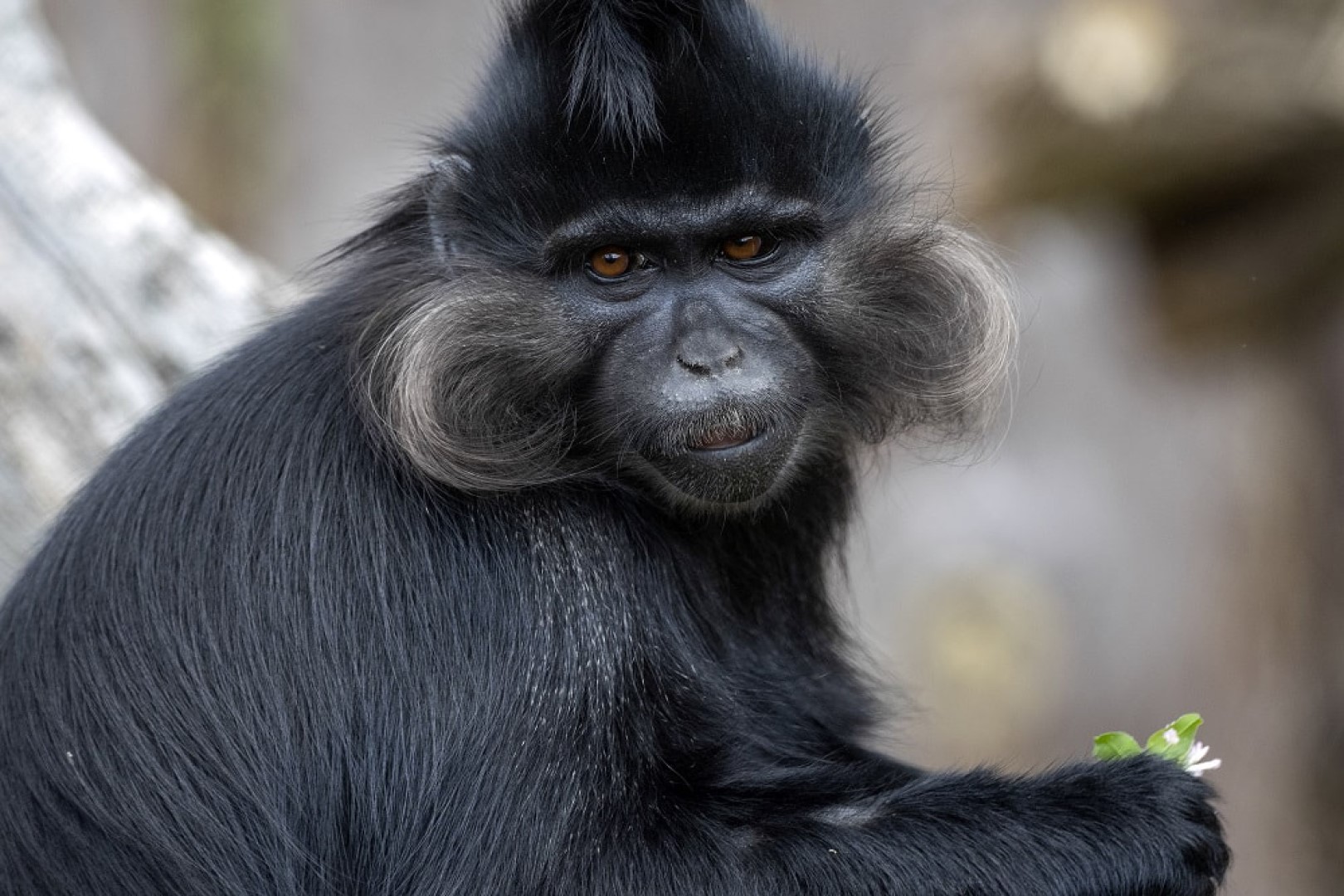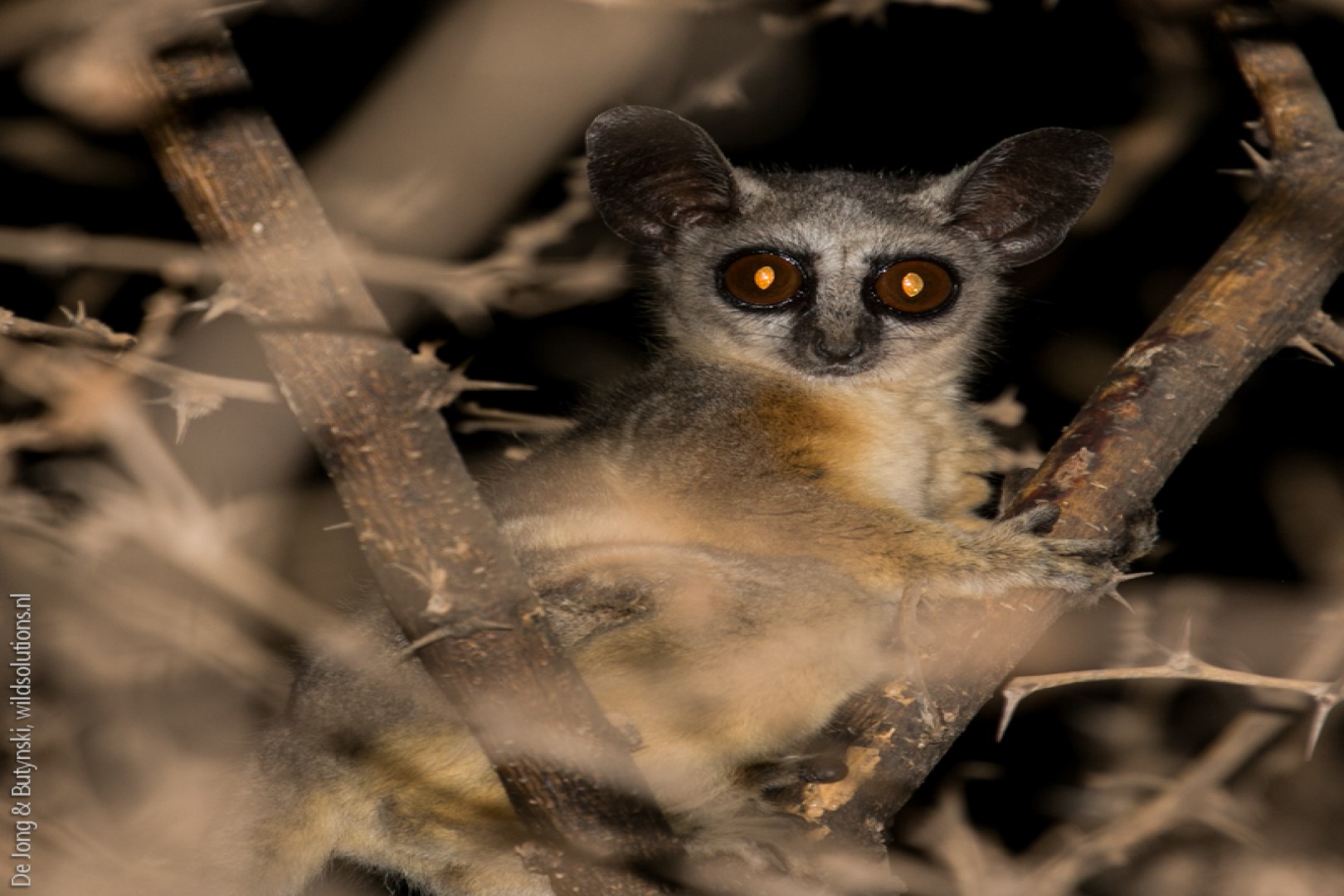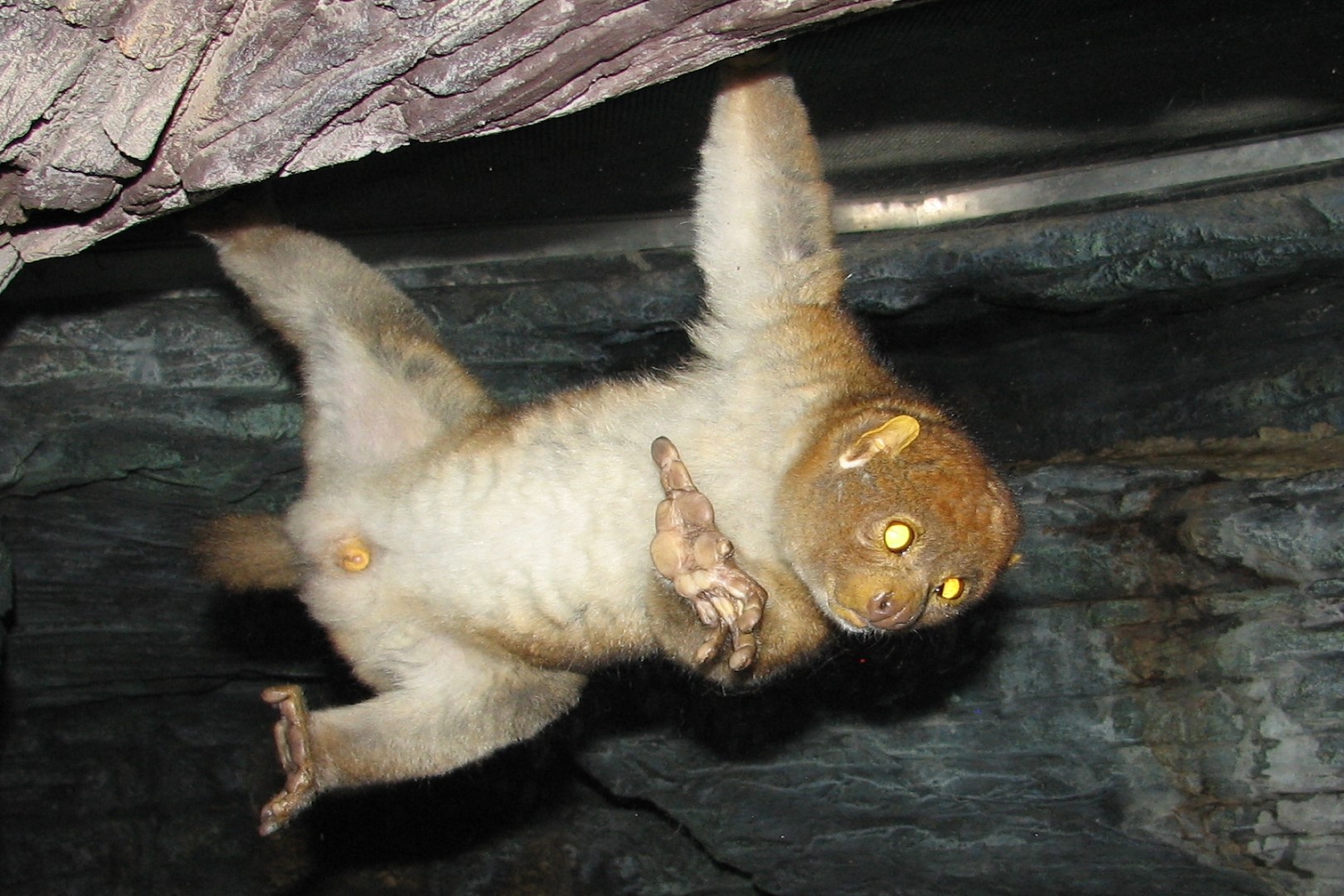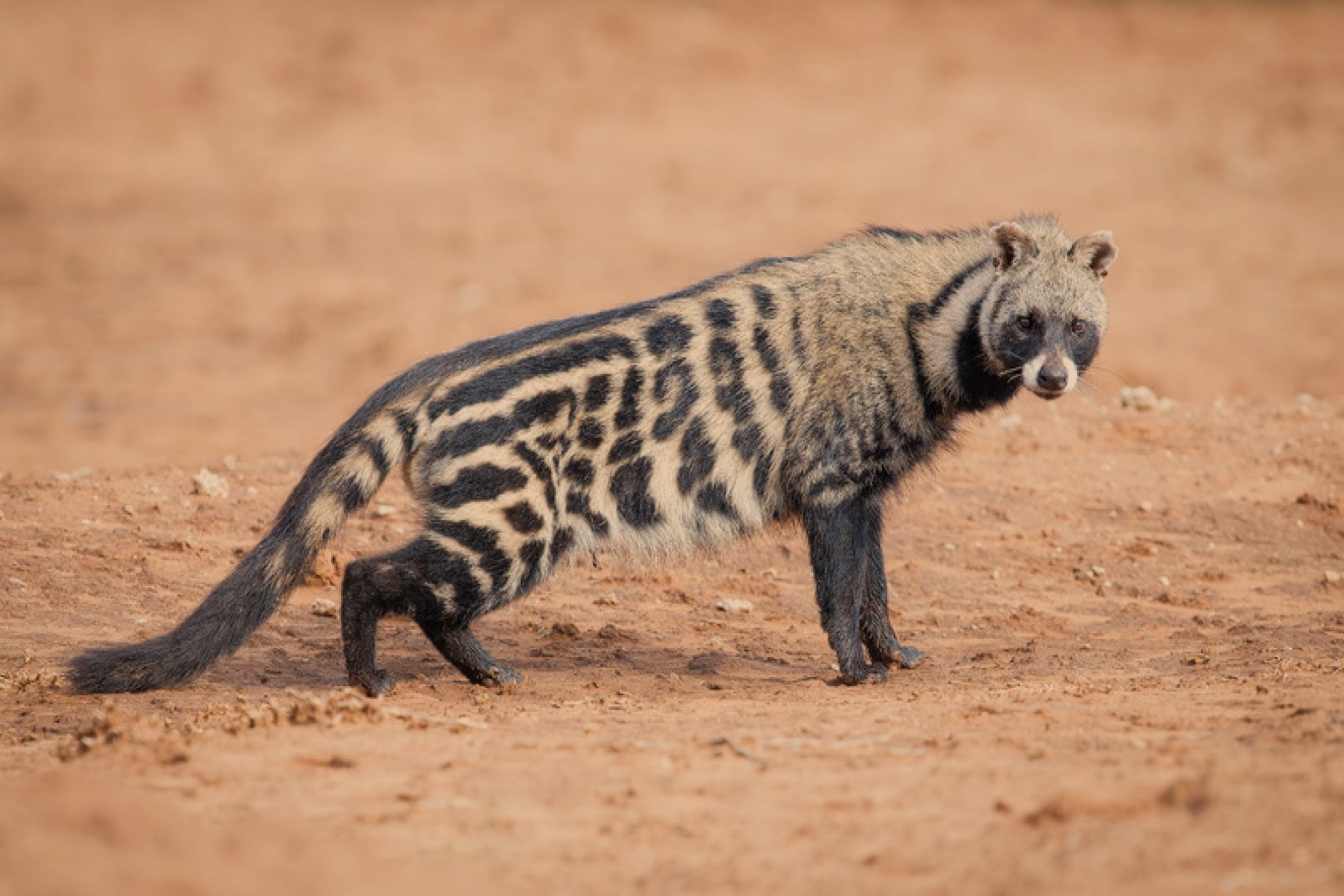There are plenty of attractions among what to see in Kibale National Park. The Park harbors over 350 plant species, 71 mammal species, 13 primate species and more than 372 bird species of the 1,042 total birds in Uganda. This places Kibale Forest in one of the destinations with the highest diversity and concentration of primates in Africa.
It is home to a large number of endangered chimpanzees, as well as the endangered red colobus monkey and the rare and vulnerable L’Hoest’s monkey. As result, the park provides quite a lot to do for visitors coming to the park, especially vacationists, researchers or academicians and more importantly honeymooners.
In Rwanda, Nyungwe National Park is a reciprocal of Kibale, home to chimpanzee in Rwanda and many other primates.
More about Kibale National Park and What to see
Kibale National Park (KNP) is one of the most visited ten national parks in Uganda under the management of Uganda Wildlife Authority. Kibale National Park was gazetted in 1932 and formally established in 1993 to protect a large area of forest previously managed as a logged forest reserve.
Kibale National Park commonly known as “the home of chimps and primate capital of the world”, lies in Western Uganda. The park stretches through Kabarole, Kamwenge, Kyenjojo and Kasese districts. It’s just 26km Southeast of Fort Portal city, among gently undulating lush green hills of cultivation.
To the west, the legendary “Mountains of the Moon” (Rwenzori Mountains) erupt in snow capped splendor, whilst the grasslands and the lakes of Queen Elizabeth National Park stretch to the south.
This adjoining of the parks creates a 180 kilometres (110 mi) wildlife corridor. It is an important eco-tourism and safari destination, popular for its population of habituated chimpanzees and twelve other species of primates.
Kibale National Park harbors over 350 plant species, 71 mammal species, 13 primates and 372 bird species of the 1,042 total birds. Kibale Forest has one of the highest diversity and concentration of primates in Africa. It is home to a large number of endangered chimpanzees, as well as the endangered red colobus monkey and the rare and vulnerable L’Hoest’s monkey. In Rwanda, Nyungwe National Park is a reciprocal of Kibale, home to Chimpanzee in Rwanda and many other primates.
